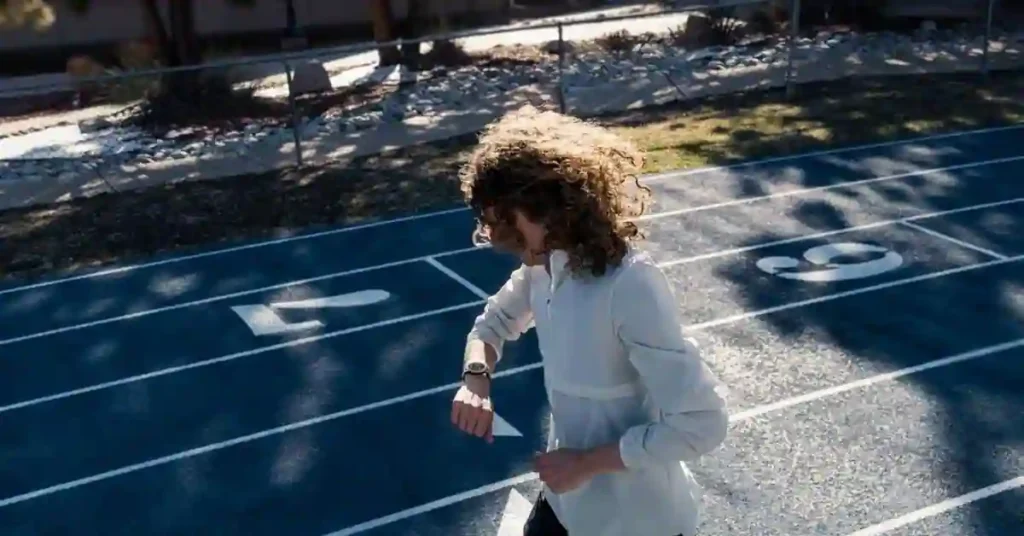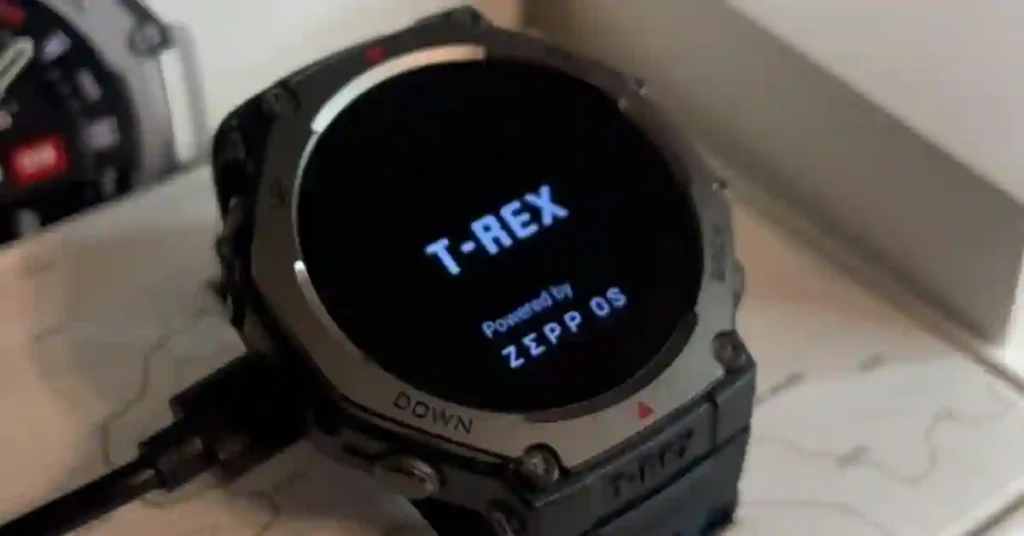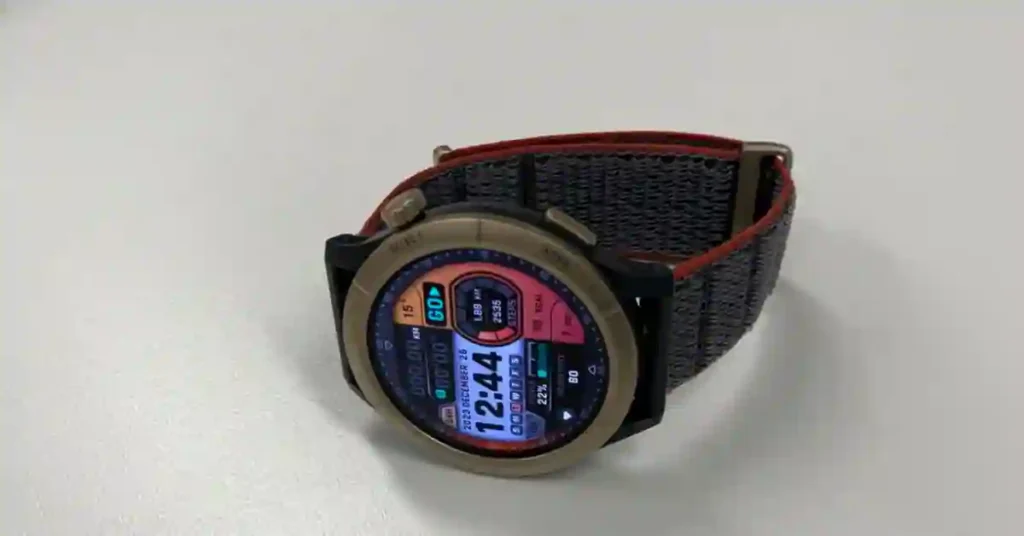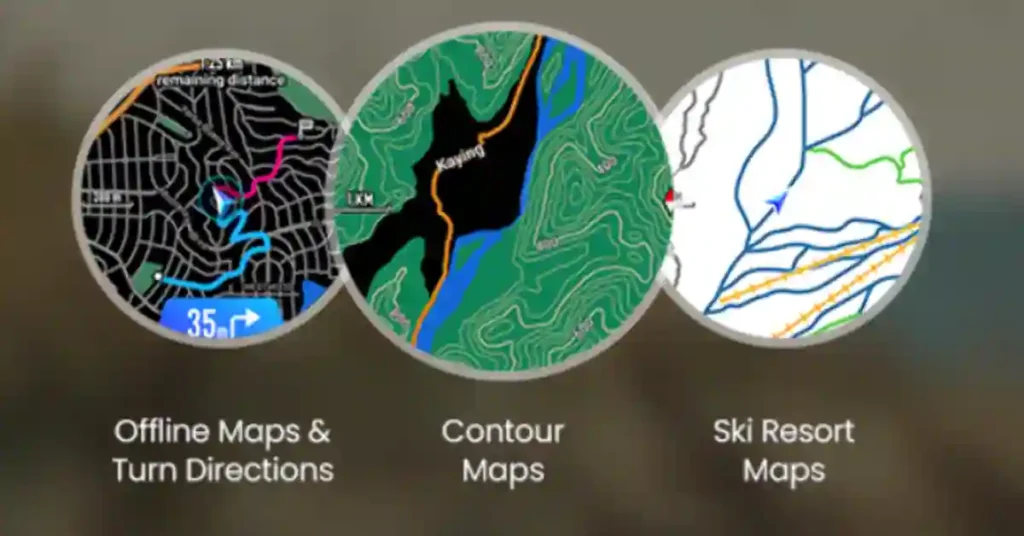Your Compass on the Wrist – Why GPS Accuracy Matters More Than Ever
Ever found yourself deep in the woods, relying on your smartwatch to guide you—only to pause and think, “Wait… am I even on the right path?”
Yeah, I’ve been there too. And that’s exactly why GPS accuracy isn’t just a “nice-to-have”—it’s essential.
Amazfit has really carved out a name for itself in the smartwatch world.
With affordable prices, sleek designs, and tons of features, it’s no wonder people are choosing Amazfit over big brands. But one big question I kept seeing (and asking myself)?
“Can I trust the GPS on this thing when I’m out exploring?”
That’s why I decided to test it for myself—on trails, in cities, under tree cover—you name it.
This post covers what I found, what tech powers Amazfit’s GPS, and how you can get the most accurate results when it counts.
Understanding GPS in Smartwatches: It’s More Than Just a Blue Dot
So let’s break it down.
Good GPS tracking isn’t just about seeing your route on a map. It affects your pace, distance, calorie tracking, safety, and even how accurate your fitness stats are.
Whether you’re running, hiking, or just trying to find your way back to the parking lot, a bad GPS can mess things up fast.
Here’s the simple version:
- Single-band GPS = One frequency, basic signal. Works fine, but struggles in tough environments like cities or forests.
- Dual-band GPS (GNSS) = Two frequencies. It can cut through interference, bounce around less, and stay accurate even when conditions aren’t perfect.
If you’re serious about training or outdoor adventures, a dual-band GPS is a game-changer. And yep—some Amazfit models have it.
What Powers Amazfit’s GPS? Let’s Talk Tech (But Keep It Simple)

Okay, I won’t geek out too much here—but trust me, it’s pretty cool.
Amazfit uses up to 6 satellite systems: GPS, GLONASS, Galileo, BeiDou, QZSS, and NavIC. That means your watch can grab signals from all over the world, not just from one system like older watches.
Some models (like the T-Rex Ultra, T-Rex 3, and Cheetah Pro) also use dual-band GPS with circularly polarized antennas.
Basically, this makes the signal cleaner, stronger, and less likely to go haywire when you’re under trees, near tall buildings, or exploring hilly terrain.
If you’re shopping, keep an eye out for “dual-band GPS” in the specs. That’s the feature that levels up Amazfit’s tracking game.
Our Real-World GPS Accuracy Test (No Lab Coats, Just Real Trails)

I wanted real answers—so I strapped on several Amazfit watches and compared them side-by-side with a Garmin Fenix 7 and a Suunto 9 Peak Pro.
Here’s where I tested:
- Open trails with full sky view 🌤️
- Urban streets with tall buildings 🏙️
- Forest paths with heavy tree cover 🌲
Each watch was synced in advance, given full satellite lock, and tested during hikes, runs, and bike rides over a few weeks. Spoiler: the results were pretty solid—especially for dual-band models.
How Each Amazfit Model Performed in the Wild
T-Rex Series: Rugged, Tough, and GPS-Ready

The T-Rex 3 was a beast. I hiked a pretty remote trail with tons of tree cover, and it barely lost signal. The GPS path was clean, and the pace data matched my known checkpoints.
The T-Rex Ultra went even further—faster GPS lock, better route tracking, and elevation data that made sense (which isn’t always the case on cheaper watches).
Compared to the older T-Rex 2, both new models were noticeably sharper at distance and positioning.
Final word: If you’re hiking, camping, or exploring off the grid, this watch has your back.
Amazfit Balance: GPS Accuracy Meets Style

This one surprised me. I figured the Balance was more for casual wear and less for real GPS adventures—but honestly, it held up great.
I tested it during city runs and suburban bike rides, and the dual-band GPS kept it accurate within about 1–2% of my Garmin. Even downtown, where GPS can be hit-or-miss, the route tracking stayed consistent.
Perfect if you want a stylish everyday watch that still performs when you’re outside.
Other GPS Standouts: Cheetah Pro & Amazfit Active
The Cheetah Pro is built for runners, and it shows. Route lines were super clean, turns were mapped perfectly, and pace stayed stable throughout speed intervals. Dual-band makes a real difference here.
The Amazfit Active, which is more budget-focused, did okay—but expect a little drift in forests or near tall buildings since it uses single-band GPS.
Verdict: If you’re training seriously, go for Cheetah. If you’re mostly walking or doing casual workouts, Active is fine.
Offline Maps on Amazfit: A Hidden Gem for Hikers

Here’s a feature I wish more people talked about: offline maps.
On models like the T-Rex Ultra, T-Rex 3, and Balance, you can download maps directly from the Zepp app and follow them on your watch—even with zero cell signal.
Why that matters:
- You’re not relying on your phone or data connection.
- It helps in emergencies when you’re lost or off-course.
- It’s super useful when hiking new trails or exploring foreign places.
Once you try offline maps, you won’t want to go back.
How to Get the Best GPS Accuracy on Your Amazfit
A few small tweaks can make a big difference:
- Sync A-GPS before heading out (via Zepp app).
- Wait 30–60 seconds for a full satellite lock before you move.
- Stand in an open area to connect more reliably.
- Keep your firmware updated—many GPS fixes come through updates.
- Wear your watch properly: snug, not too tight, and on the top of your wrist.
- Use Performance GPS Mode if you want max accuracy (battery will drain faster though).
These aren’t just hacks—they’re habits. And they help your watch work the way it’s meant to.
Common GPS Issues & Easy Fixes
Noticing problems? Try these:
- Drifting tracks? Stop for a moment to let the watch re-lock on satellites.
- Signal lost? Restart the watch and reopen the activity.
- Distance looks off? Re-sync A-GPS in the app and avoid “Power Saver” mode during workouts.
- Nothing’s working? Give it a reset and test in open sky.
GPS is a complex system, and even the best watches need a little help sometimes.
Final Thoughts: Is Amazfit GPS Ready for Adventure?
In a word? Yes.
For the price, Amazfit’s GPS—especially on dual-band models—is shockingly accurate. I’d take the T-Rex 3 or Ultra on any hike, and I trust the Balance and Cheetah Pro for daily training and weekend exploring.
If you’re into serious outdoor activity, go for the models with dual-band GPS and offline maps. If you’re more about everyday fitness and casual running, you’ll still get great results.
So, What’s Your Experience?
Have you used your Amazfit watch on the trail or in the city? Did the GPS hold up? Drop a comment below—I’d love to hear your thoughts, and your tips could help someone else too.
And hey—Enable our Push notification bell if you want more real-world reviews, watch comparisons, and tips that make sense. No fluff. Just stuff that helps.
Also See:-
- Top 9 Amazfit Smartwatches of 2025: Honest Reviews & Real-Life Comparisons.
- Derrick Henry Joins Amazfit: Why T-Rex 3 is His Smartwatch.
- New Amazfit T-Rex 3 Update 3.9.4.4: HYROX Mode, Map Zoom & More!
- Amazfit Battery Life: Top 7 Settings for Days More Power.
- Amazfit PAI Score Explained: Your Beginner’s Guide to Health

